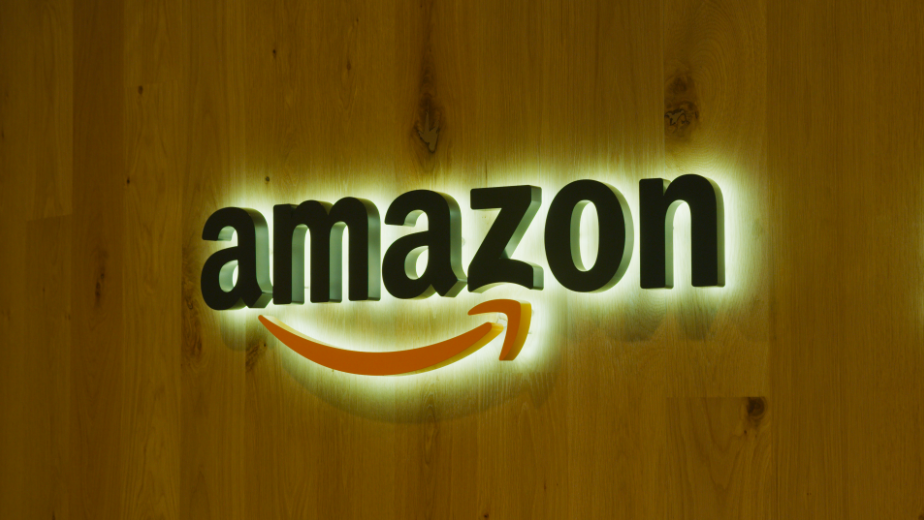
Amazon’s growth rate has slowed down, according to recent financial results. However, some of that is quite simply due to the fact that things have returned pretty much to normal following the pandemic.
Andy Jassy, CEO, says in his (first!) shareholder letter, “We realized the equivalent of three years’ forecasted growth in about 15 months” in 2020-1. No wonder that after that immense burst of growth, things have settled down, and Amazon is taking a bit of time to digest.
Still, the change looks dramatic. Q1 2021 saw sales increase 44 percent; this year, Q1 sales were up just 7 percent. That’s Amazon’s slowest first quarter ever.
But this is Amazon at top level. Let’s look at some of the figures Statista gives about the e-commerce marketplace and see how things stack up for you as a third party seller.
For instance, if you’re a third party seller you’ll be glad to know that people like you are getting increasing share of Amazon sales. Back in 2014, third party sellers accounted for just 40% of Amazon’s sales; now, it’s 57%, and growing steadily.
And if you’re an FBA seller, you’re joining the majority. FBA-only sellers account for the majority of third party sellers on Amazon; they’ve risen from 57% two years ago to 68% now. Intriguingly, FBM-only has also grown, though only accounting for a handful of sellers. (At a guess, these would be sellers who have their own distribution networks and sellers of large, bulky items and professional equipment, who have good reasons not to use FBA.)
What’s really interesting is that the number of sellers using both FBA and FBM has fallen dramatically in the last couple of years. It seems that now, most sellers want to pick a business model and stick to it – and it’s FBA that’s winning.
Looking at the customer base, just in the US, Amazon sites get 224 million unique monthly visitors. Worldwide, direct desktop visits for the six months to May this year amounted to 5.6 billion. According to Similarweb, US visitors rose by nearly 10 percent last month, though that comes after a couple of months’ flatlining.
Amazon has been on a mission to sell Prime membership for a while, and that has definitely worked. Worldwide, there are 200m Prime members; for reference, that’s not much smaller than the entire population of Brazil, and it’s risen from 150m in 2020 and 100m in 2018 (source: VentureBeat). In the US, 65 percent of customers are now Prime members, and that has been rising steadily.
According to eDesk, Amazon has 9.7 million seller accounts worldwide, though only 1.9 million of them are active. Amazon says it has nearly 2 million small and medium-sized businesses operating on the platform. Average seller revenues are also increasing; the average US seller is brought in $200,000 in the year to August 2021, 14% up on the previous twelve months.
The number of countries in which Amazon operates is growing, with 20 marketplaces worldwide. Europe (including the UK) is the home of nearly a quarter of Amazon’s sellers, but India is the fastest growing marketplace of all, and is now the third largest (behind the US and Europe).
If you haven’t considered supplying Singapore, Brazil, or Poland, it might be time to do so.
There’s one more statistic that FBA sellers ought to know, though; 80% of Amazon sellers do business on other platforms as well.
That’s sensible. Other platforms might address different markets, or have strong market share in their own countries or sectors. And they give you resilience. If anything happens to your Amazon account, if Amazon hits a bad patch, or if there’s too much competition in your sector on Amazon, it will always help to have access to the market through another platform, whether that’s Facebook Marketplace, your own website, or even Walmart.
